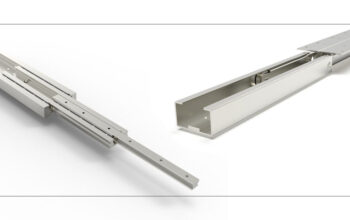Creating a standout resume is essential in today’s competitive job market. One of the easiest and most effective ways to build a professional-looking resume is by using Microsoft Word. With its wide accessibility and user-friendly features, Word helps job seekers of all experience levels craft polished and organized resumes. In this article, we’ll share expert tips for writing a resume using Word format that gets noticed.
Why Use a Resume Word Format?
Using a resume word format offers several benefits. Word resumes are:
- ATS-friendly: Easily readable by Applicant Tracking Systems
- Editable: Simple to update and customize
- Professional: Clean layouts that appeal to recruiters
- Accessible: Compatible across most devices and platforms
Whether you’re a fresher or an experienced professional, using Word can simplify your job application process.
1. Choose the Right Template
Start with a clean, well-structured template that matches your industry and experience level. Avoid overly complex designs. Focus on templates that prioritize clarity, readability, and flow.
💡 Pro Tip: Browse through resume word format templates that are professionally designed and ready to use.
2. Use a Clear and Consistent Layout
Your resume should have a logical flow. Use consistent:
- Fonts and font sizes (e.g., Calibri, Arial, or Times New Roman)
- Margins (1 inch on all sides is standard)
- Section headings (bold or slightly larger text)
Maintain a visual balance by spacing out sections and keeping the text aligned properly.
3. Highlight a Strong Summary
Begin your resume with a compelling professional summary. This short paragraph should highlight who you are, what you bring to the table, and what type of role you’re targeting.
Example:
“Detail-oriented marketing graduate with a passion for digital campaigns, content creation, and analytics. Eager to contribute creative solutions and strong communication skills to a dynamic team.”
4. Focus on Achievements, Not Just Duties
When listing work experience, go beyond just tasks. Use bullet points to showcase accomplishments and quantify results when possible.
Instead of:
- Responsible for managing social media
Try:
- Increased Instagram engagement by 40% in 3 months through targeted content strategies
5. Include Relevant Skills
Tailor the skills section to the job description. Include both hard and soft skills, such as:
- Project Management
- Data Analysis
- Customer Service
- Communication
- Microsoft Office Suite
Use keywords that are likely to be picked up by ATS systems.
6. Keep It to One Page (If Possible)
For freshers and professionals with less than 10 years of experience, one page is ideal. Keep it concise, removing unnecessary fluff and focusing only on job-relevant information.
7. Save and Send in the Right Format
After editing your resume in Word, save it as both a .docx (for further editing) and as a PDF (for submission). PDFs preserve formatting and ensure the employer sees your resume as you intended.
Final Thoughts
Writing a resume using Word format doesn’t have to be complicated. With the right layout, keywords, and formatting, you can create a document that highlights your strengths and appeals to both recruiters and applicant tracking systems. Start with a professional resume word format template to give yourself a strong foundation and stand out in any job application.



